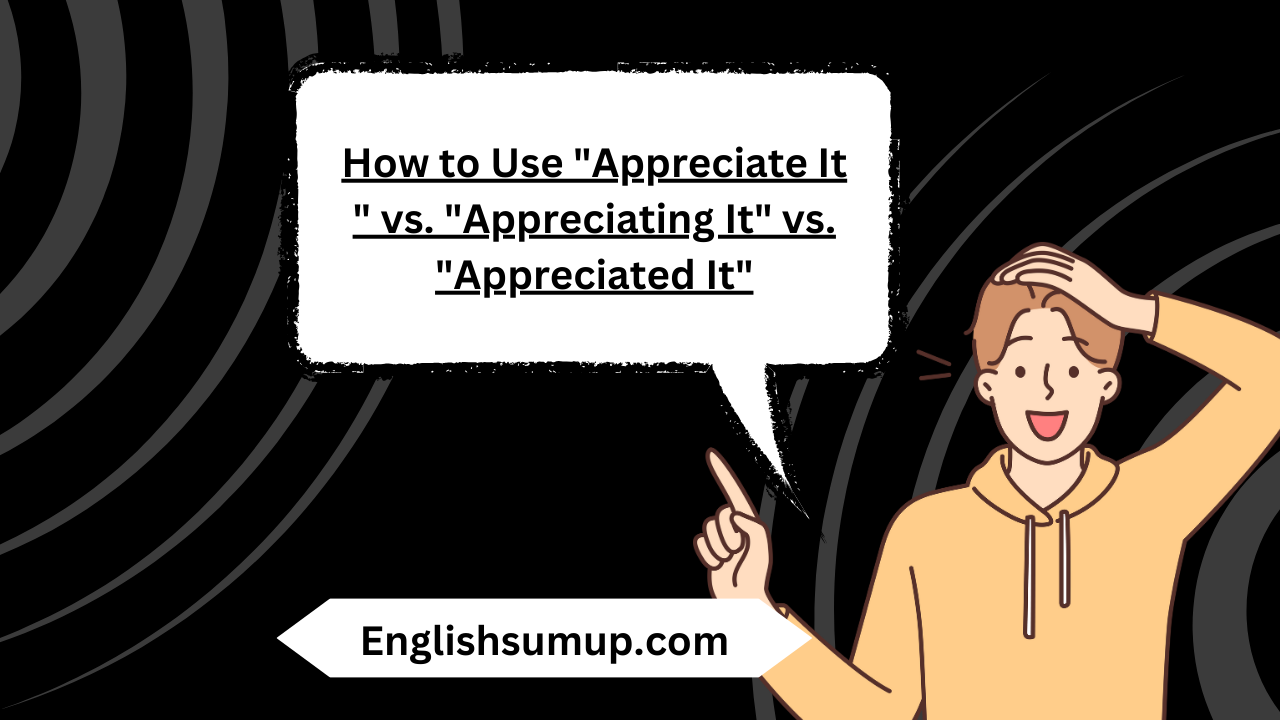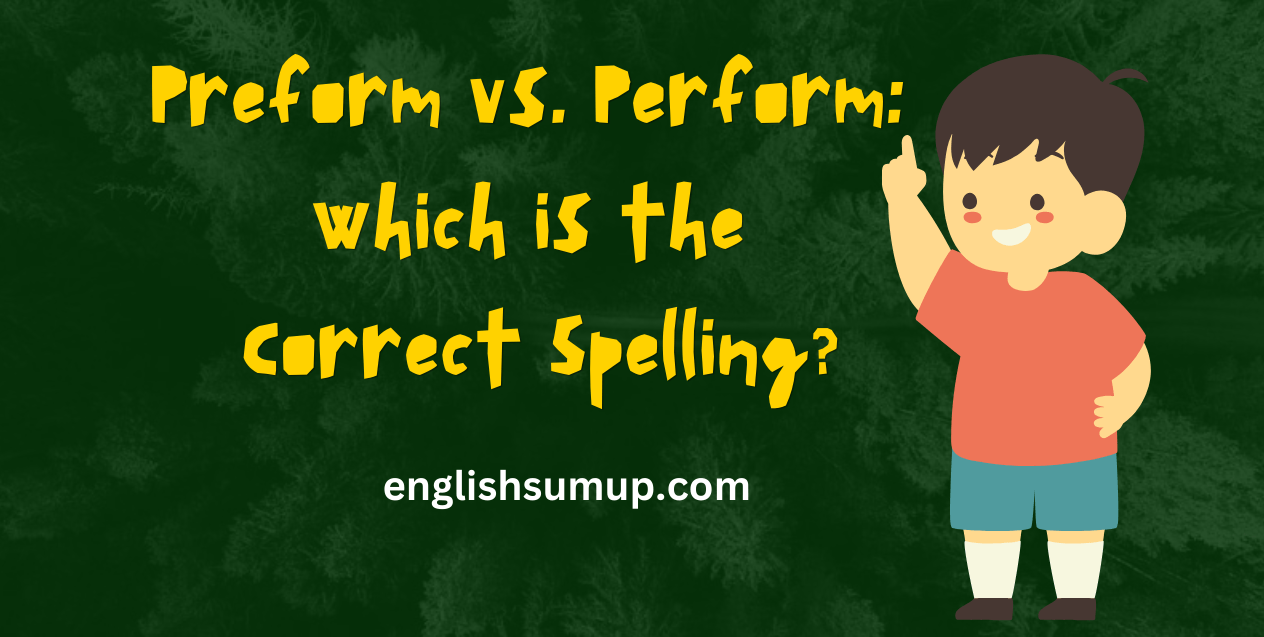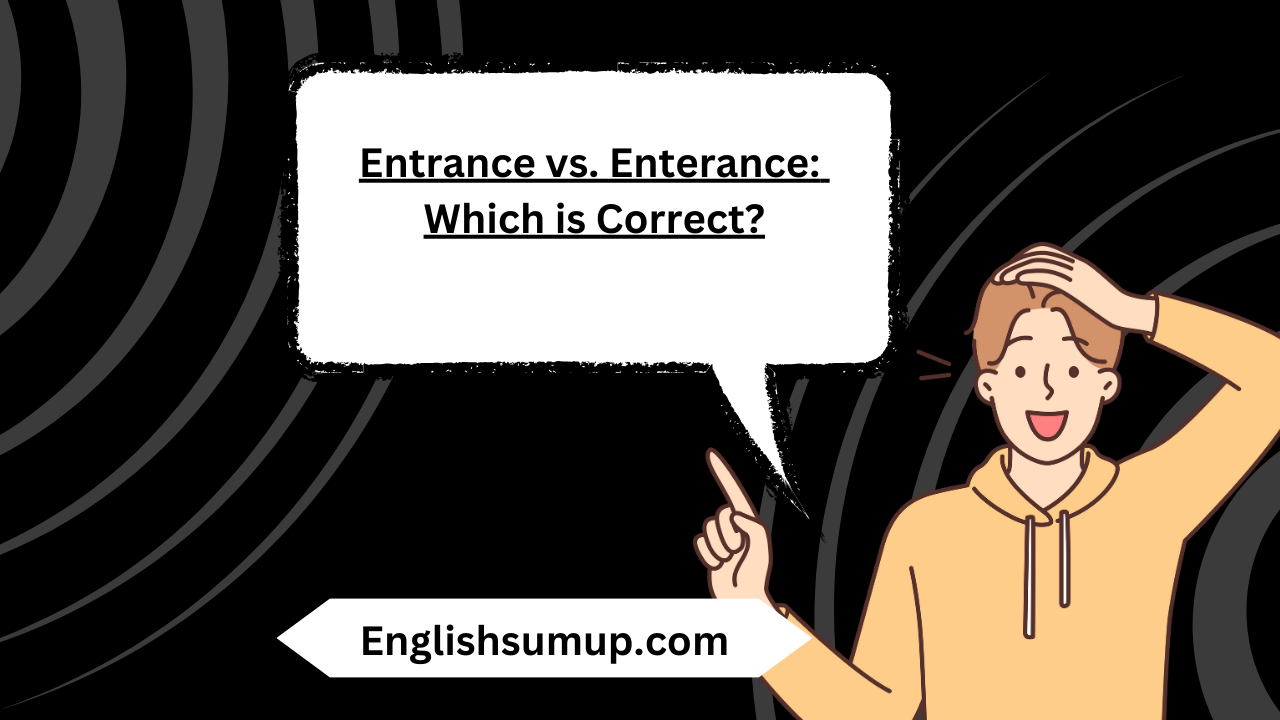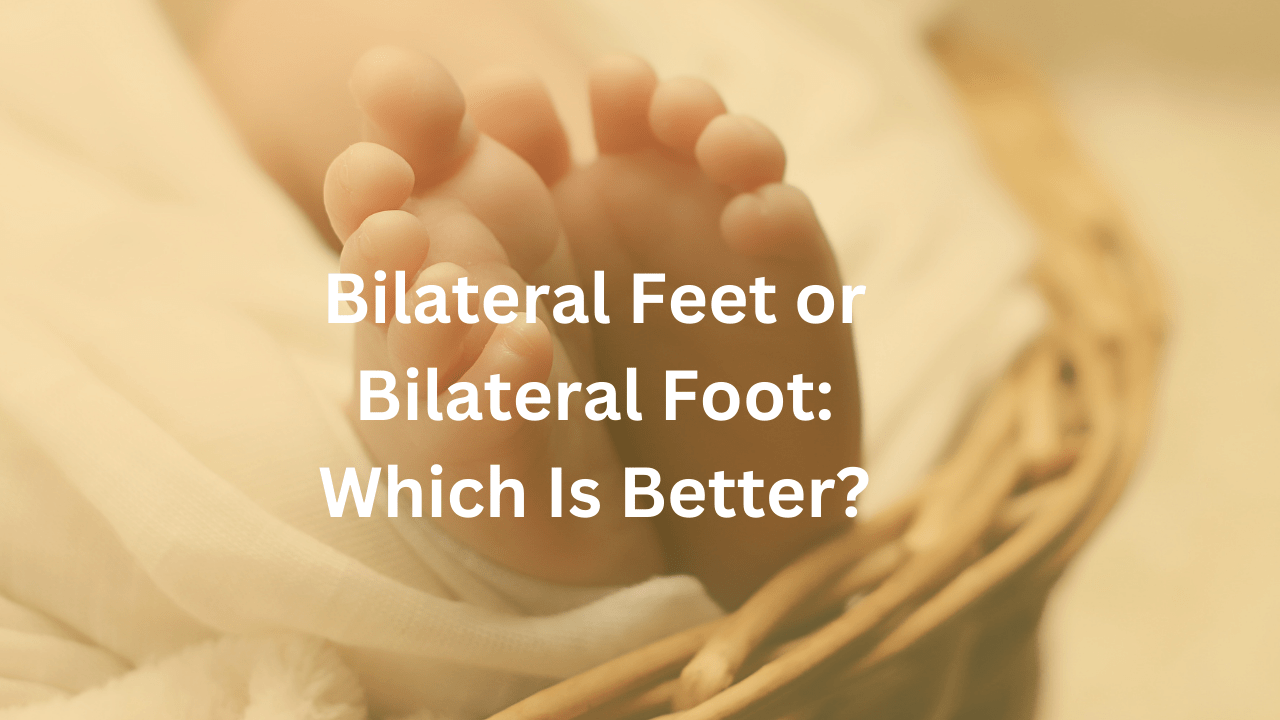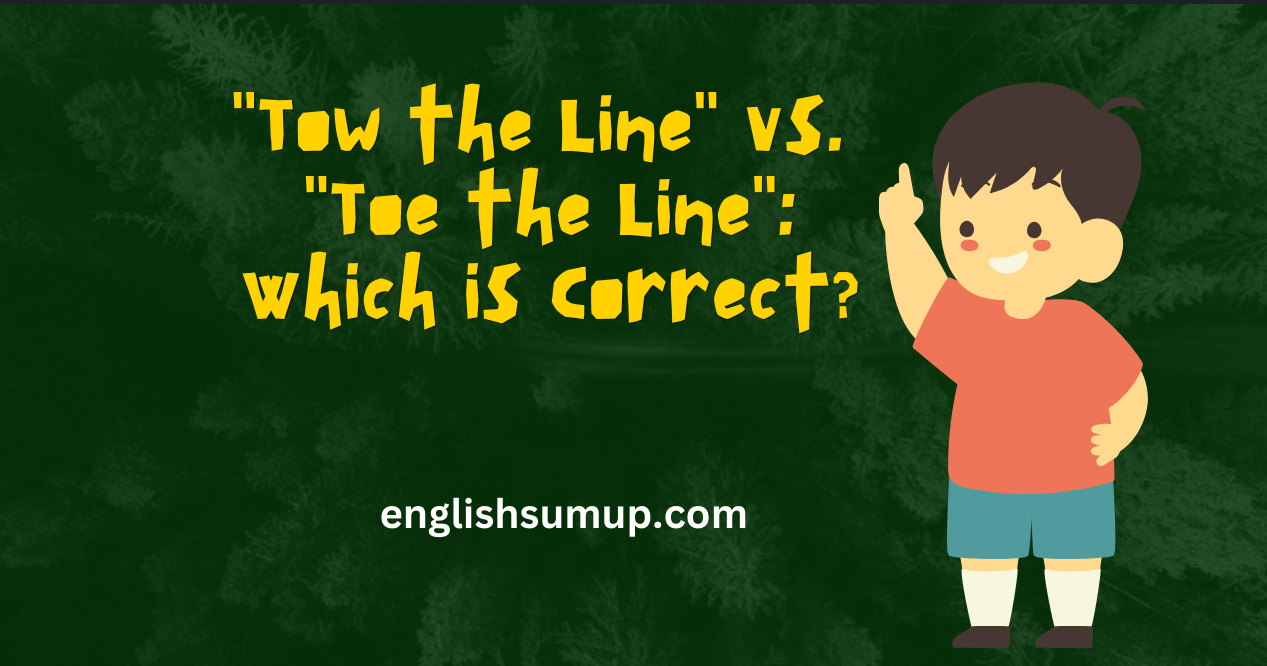Understanding the nuances of language can be both fascinating and challenging. English, with its myriad rules and exceptions, often presents learners with various complexities, especially concerning verb forms and tenses. One such area that often causes confusion is the usage of “appreciate it,” “appreciating it,” and “appreciated it.” These three phrases might seem similar, but they each carry distinct meanings and contexts in which they are appropriately used. Let’s delve into each of these expressions to understand their differences and how to use them effectively in communication.
1. Appreciate It:

“Appreciate it” is a concise way to express gratitude or thanks for a specific action, favor, or gesture. It is commonly used in informal settings and everyday conversations to acknowledge someone’s kindness or assistance. Here are additional examples to further clarify its usage:
- “Thanks for picking up groceries on your way home. I really appreciate it.”
- “I appreciate it when you offer to help with household chores.”
- “Thank you for the thoughtful birthday gift. I truly appreciate it.”
- “I appreciate it when you take the time to explain things to me.”
In each of these examples, “appreciate it” is used to express gratitude for something that has been done or received, emphasizing the speaker’s acknowledgment of the other person’s action.
Read This Post Also: Bilateral Feet or Bilateral Foot: Which Is Better?
2. Appreciating It:

“Appreciating it” is the continuous form of the verb “appreciate,” indicating an ongoing process of recognizing, valuing, or enjoying something over time. Unlike “appreciate it,” which focuses on a specific instance of gratitude, “appreciating it” highlights the continuous nature of the appreciation. Here are additional examples to illustrate its usage:
- “I’m really appreciating the peace and quiet of this remote cabin.”
- “She’s been appreciating the flexibility of her new work-from-home arrangement.”
- “We’re appreciating the cultural diversity of this neighborhood.”
- “He’s been appreciating the opportunity to learn new skills through online courses.”
In these examples, “appreciating it” is used to describe an ongoing experience or process of appreciation, highlighting the speaker’s continuous recognition or enjoyment of something.
3. Appreciated It:

“Appreciated it” is the past tense form of “appreciate it,” indicating gratitude for something that occurred in the past. It is used to reflect on a past action or favor for which gratitude was felt or expressed.
Here are additional examples to demonstrate its usage:
- “I appreciated your advice during our last meeting.”
- “They appreciated the warm welcome they received when they moved to a new city.”
- “We appreciated the opportunity to collaborate with your team on the project.”
- “She appreciated the support she received from her family during a difficult time.”
In these examples, “appreciated it” is used to express gratitude for something that happened in the past, emphasizing the speaker’s acknowledgment of a past action or favor.
Tips for Usage:
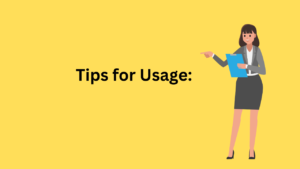
Consider the Timing: Choose the appropriate phrase based on the timing of the action or event for which you want to express gratitude.
Be Mindful of Context: Use the phrase that best fits the context and nature of the appreciation you want to convey, whether it’s a specific instance, an ongoing process, or a past event.
Practice Using Examples: Incorporate these phrases into your own communication and observe how native speakers use them in different contexts to enhance your understanding and proficiency.
Consider the Timing:

Pay attention to the timing of the action or event for which you want to express gratitude. If it is something that is currently happening or has just occurred, “appreciate it” is the appropriate phrase to use. If you’re describing an ongoing process of recognition or enjoyment, “appreciating it” would be more suitable. For past actions or favors, use “appreciated it.”
Be Mindful of Context:

Consider the context in which you are expressing gratitude. “Appreciate it” is commonly used in casual conversations or when acknowledging small favors or gestures. “Appreciating it” is more suited for descriptive or narrative contexts where the focus is on the continuous experience of appreciation. “Appreciated it” is used to reflect on past events or actions for which gratitude is being expressed.
Use Appropriately in Writing and Speech:
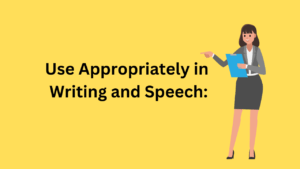
Whether you’re writing an email, having a conversation, or giving a presentation, choose the phrase that best fits the context and timeframe of the gratitude you want to express. Using the correct form demonstrates your mastery of language and enhances clarity in communication.
Practice Using Examples:

To solidify your understanding of these phrases, practice using them in various sentences and scenarios. Pay attention to how native speakers use them in different contexts, and incorporate them into your own communication gradually.
In Conclusion,
“appreciate it,” “appreciating it,” and “appreciated it” are distinct phrases with specific meanings and uses. By understanding the differences between them and practicing their usage, you can effectively express gratitude and appreciation in both spoken and written communication. Mastering these nuances of language contributes to clearer and more articulate expression, enriching your interactions with others.




